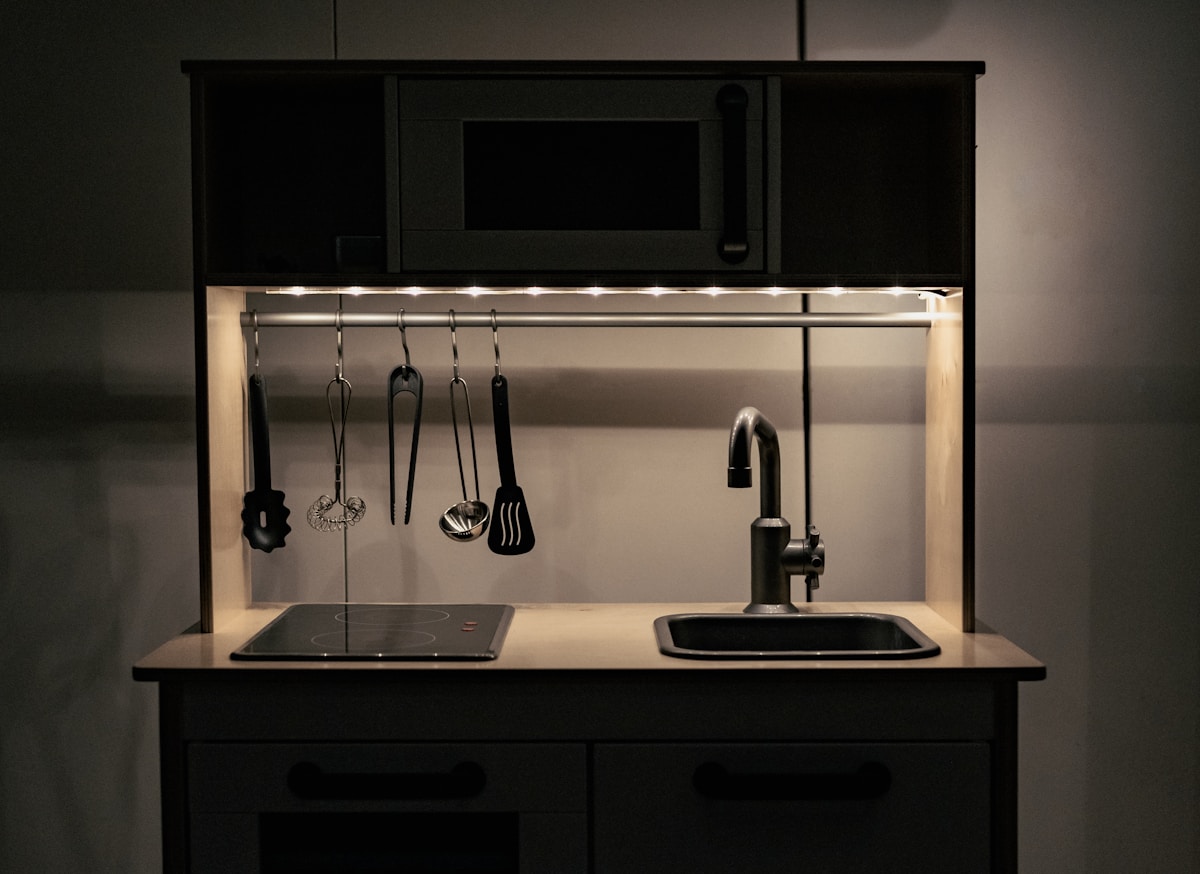A number of the things that we use daily work so well for a long time that we eventually start to take it for granted. Your everyday sink which is used for filling up the Brita, washing food, dishes, hands, and the list goes on and on. We sometimes fail to realize that this tool is among one of the most important inventions since the benefits of running water was discovered. Like most utilities around the home, it works well until it doesn't. One silent night you hear a water droplet from the kitchen and the following nights that same droplet becomes steadier whereas eventually it becomes a whole mess in the kitchen and a large bill in the mail. It is best to catch the problem early but how do you know what to look for? Here are some of the most common culprits of a leak in your kitchen.
Drain Leak
First and foremost, the drain. This part of the sink is usually covered and sealed with plumber’s putty in order to keep the water flowing where it should be. There are times when this putty might be applied too thinly or like most things affected by father time, become old and worn out. When the latter comes to be the problem of the drain leak, it is best to reach out to a plumber for a replacement rather than trying to repair it yourself. Before doing so, it is good practice to check before making a decision. To check the drain for leaks, first plug the sink using the drain’s cover, fill it up, and proceed to unplug it. Check under the sink with a flashlight and see if you can find the source of the problem.
Faucet Leak
These types of leaks are fairly easy to notice since it is one of the parts of a sink that is visible. The most common indication that a faucet is leaking is the puddle that forms on the top part of the sink after being turned on. In most cases, the culprit behind a faucet leak is caused by a worn gasket or a failing washer. An easy fix for both of these would be just to replace the worn out parts. Although an easy fix, there are some cases where the leak might become too severe and a replacement of the whole faucet is necessary, either replacement would be easy and very doable.
Clogged P-Trap
The P-trap is conveniently named so due to its upside down P-shape. This part of the sink’s system is usually placed below the sink and out of sight making it one of the more difficult parts of the whole system to recognize a leak from. The P-trap’s main function is to keep the stench collected in the drain system from seeping out into the sink. Bad smells develop overtime due to the collection of scraps of food that go down the drain when washing dishes. These scraps can develop into a blockage at the bottom of the P-trap and can cause overflows into the sink depending on the severity. A case of worn out P-trap might be caused due to corroding metal parts in which case it needs to be replaced completely.
Damaged O-Ring
In most cases, pipe connection requires an O-ring in order to keep the flow of the water from seeping out of the point of connection. In the case of a faucet, there is a stem screw that holds it in place whereas a small disk is attached to it. The O-ring placement is the most common of the system to become worn out and be the cause of a leak. Day to day use is the main reason for an O-ring’s wear and tear which then causes a leak near the faucet’s handle. Most O-ring issues are commonly seen in cartridge type faucets but a simple replacement will fix the issue.
Worn Out Washers
Along with the O-ring, one of the other more common causes of leaks in the sink’s system are washers. Every time a faucet is turned on, friction caused by pressure against the valve seat is applied to the washer therefore causing wear overtime. Although most common washer problems arise from compression faucets, a simple replacement will do the job.
Corroded Valve Seats
Water being one of the main culprits of rust and corrosion, it is fairly common to see its effects on the metal parts of the sink system. One particular part that corrosion happens most commonly is the valve seat, the point of connection between the spout and faucet in a sink with a compression system. When water starts to accumulate anywhere, rust and corrosion is sure to follow. Routine cleaning of the valve seat is highly advised whereas a professional plumber can be of assistance with this process.
When it is all said and done, the key to a leak proof and working sink system is basic maintenance. Starting with the smallest of parts like the O-rings and washers all the way down to the more technical parts like plumber’s putty, it is recommended that you consult with your plumber to prevent major replacements. Furthermore, some jobs can be done in a do it yourself fashion but more often than not, these jobs are better off in the hands of an experienced plumber.
